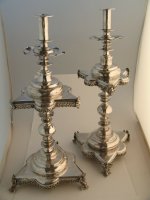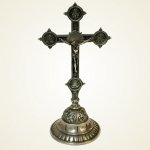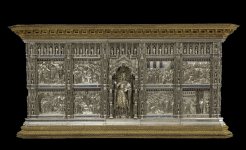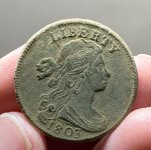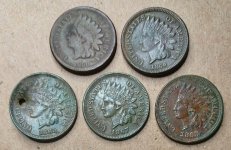sailaway
Hero Member
- Mar 2, 2014
- 623
- 815
- Primary Interest:
- All Treasure Hunting
In 1670 Henry Morgan marched from the Caribbean across the Isthmus of Panama to take the city of Panama who controlled the shipments of treasure back to Spain. The town has been left a ghost town and only thing left after the sacking and burning is the steeple of the main church that can be seen from the ocean. Henry Morgan learned of a ship that had been loaded with the Churches holy items (including a solid silver Alter that was painted black to hide it's rich value) and sailed away with the towns riches and with Nuns accompanying the church artifacts. Will give the name of the ship and quotes as to the Pirates who were too drunk to give chase even though they did capture some of the crew but let the ship slip through their fingers.
Where is this Silver Alter today?
Where is this Silver Alter today?


